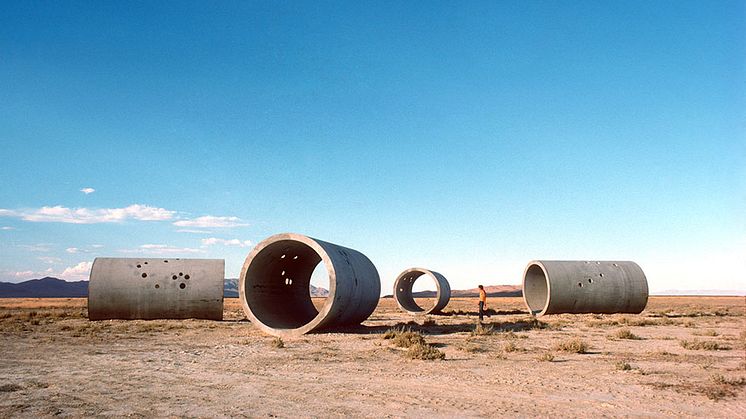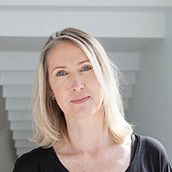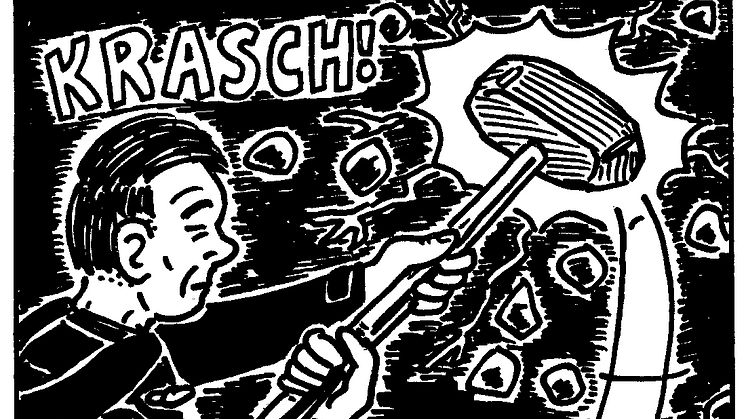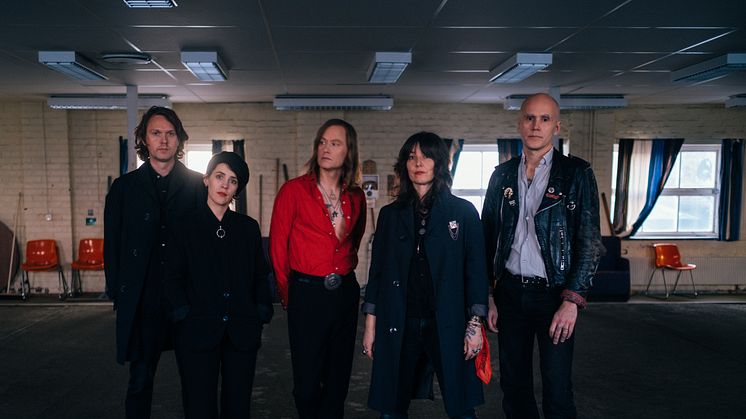
Press release -
Nancy Holt retrospective to open at Bildmuseet this Summer
On June 17, Bildmuseet in Sweden opens the doors to a rich presentation of Nancy Holt's innovative art. The exhibition Nancy Holt / Inside Outside presents works from 1967 to 1992 and occupies five floors of the art museum. This is the artist's first major retrospective in Europe and the most ambitious exhibition of her work to date.
Welcome to attend the press preview on Thursday June 16 at 10:00 (RSVP). Press images.
An innovator of site-specific installation and the moving image, Nancy Holt (1938-2014) expanded the places where art could be found, embracing the new media of her time. Across five decades she asked questions about how we might understand our place in the world, investigating perception, systems, and place.
Nancy Holt / Inside Outside explores the artist’s rich artistic legacy through a selection of works spanning 1967 to 1992. This is the first major European retrospective and most ambitious exhibition of her work to date. She produced concrete poetry, sculpture, earthworks, audioworks, film and video, photography, drawing, and room-sized installations. Nancy Holt / Inside Outside occupies five floors of Bildmuseet, one of Sweden’s foremost contemporary art venues, with Holt’s Ventilation System (1985-92) literally moving inside and outside of the architecture of the museum.
Perceptions and demarcations of being ‘inside’ and ‘outside’ guide this survey exhibition. Holt herself was an insider and an outsider: she was a key member of the Earth, Land, and Conceptual art movements, yet her work is far lesser known than that of her male peers—a situation this exhibition strives to amend. Highlighting Holt’s commitment to perception, light, and space, Nancy Holt / Inside Outside presents a number of previously unseen photoworks. In 1973, Holt started to research her ideas for Sun Tunnels, creating Instamatic photo studies testing the possibilities of how vision might be focused through a sculpture located in a landscape uninterrupted by buildings and roadways. These small scale images are paired at Bildmuseet with photographs of Sun Tunnelsby the influential photographer Richard Misrach (b. 1949) made fifteen years later, each measuring ten by eight feet. Placed in the context of audio and moving image works observing travel through the North American landscape, Holt’s series Alaskan Pines (1986) and Miami Puddles (1969) are likewise exhibited for the first time.
Systems fascinated Holt. She paid attention to measured and astronomical time, to language and perception, and to economics and energy. In the mid 1960s, she worked as an assistant literary editor at the magazine Harper’s Bazaar, and in 1966, she began creating concrete poems. Soon after she extended her exploration of language from the page to the landscape, guiding friends through unfamiliar sites with written scores and working with film, video, photography, and audio to recalibrate perception of natural and built environments. At the start of the 1970s, Holt created her Locators, sculptures made from T-shaped industrial piping to be looked through with one eye; she described the Locators as “seeing devices.” The Locators led to both her landmark earthwork project Sun Tunnels (1973-76) and her reflective room-sized installation Mirrors of Light (1973-74)—both of which are represented in this exhibition.
Underpinning this twenty-five year survey is a call to look deeper and think harder about how humans try to find their place in the world through systems and vision, as well as through the systematic distinctions between ‘inside’ and ‘outside.’ The exhibition launches at the time of the summer solstice when the city of Umeå, located close to the Artic Circle, has white nights echoing Holt’s consistent tracing of the sun, moon, and stars in relation to our place on the planet.
Nancy Holt / Inside Outside is produced by Bildmuseet and curated by Lisa Le Feuvre (Executive Director, Holt/Smithson Foundation) and Katarina Pierre (Director, Bildmuseet). A fully illustrated publication, published by Monacelli Press, accompanies the exhibition, with contributions from Karen Di Franco, Teresa Grandas, Lisa Le Feuvre, James Nisbet, and Katarina Pierre. It includes a previously unpublished self-interview by Holt.
With support from Fort Knox, Barbro Osher Pro Suecia Foundation and the Henry Moore Foundation.
About Nancy Holt
Born 1938 in Worcester in Massachusetts, Nancy Holt grew up in New Jersey. She graduated with a degree in biology from Tufts University, Massachusetts in 1960. Later that year she moved to New York City, and in 1966 started to make art. The first presentation of her work was in the group exhibition Language III at Dwan Gallery, New York in 1969; her first solo exhibition was in 1972 at 10 Bleecker Street, New York.
Holt’s work is held in major collections including the Museum of Modern Art, New York; Museum für Gegenswartkunst, Germany; Utah Museum of Fine Arts; and the Whitney Museum of American Art, New York. In 2018 Sun Tunnels (1973-76) and Holes of Light (1974) were acquired by Dia Art Foundation, with support from Holt/Smithson Foundation. Works by Holt are permanently installed at public institutions including Miami University Art Museum, Ohio; University of Massachusetts, Dartmouth; Western Washington University; and University of South Florida.
Recent exhibitions include Light and Language (2021; Lismore Castle Arts, Ireland), Nancy Holt: Mirrors of Light (2021; Sprüth Magers, Berlin) Sound as Sculpture(2022; The Warehouse, Dallas) and Nancy Holt: Between Heaven and Earth (2022, Western Washington University). In 2010-12 the touring exhibition Nancy Holt: Sightlines was her first retrospective, accompanied by a monograph edited by Alena J Williams. Other recent exhibitions include Dia Art Foundation, New York (2018); Nancy Holt: Land Art, Whitworth Art Gallery, Manchester, UK (2013); and Nancy Holt: Selected Film and Photo Works, Contemporary Art Gallery, Vancouver (2013).
In 2012 Nancy Holt was made a Chevalier of the of the Ordre des Arts et des Lettres by the French Government. In 2013 she was presented with a Lifetime Achievement Award by the International Sculpture Center in New York. Holt received five National Endowment for the Arts Fellowships, two New York Creative Artist Fellowships, a Guggenheim Fellowship, and an Honorary Doctorate from the University of South Florida, Tampa. Nancy Holt is represented by Parafin and Sprüth Magers.
Further information
Katarina Pierre, Curator and Director, Bildmuseet
katarina.pierre@bildmuseet.umu.se, +46 90-786 96 32
Lisa Le Feuvre, Curator and Executive Director, Holt/Smithson Foundation
llf@holtsmithsonfoundation.org
Helena Vejbrink, Press officer, Bildmuseet
helena.vejbrink@bildmuseet.umu.se, +46 90-786 90 73
Related links
Topics
Categories
Bildmuseet is one of Sweden’s foremost venues for international contemporary art and visual culture. The exhibitions are produced in collaboration with artists, museums and universities worldwide, and often attract both national and international attention. As a visitor, you are invited to participate in guided tours and creative workshops, listen to artist talks, debates, lectures and live music, watch film screenings and attend other events.
Housed in an acclaimed building at the Umeå Arts Campus, right next to the Umeå Academy of Fine Arts, Umeå Institute of Design and Umeå School of Architecture, Bildmuseet is a part of Umeå University – one of Sweden's largest institutions of higher learning with over 36000 students and 4,000 employees. It is a multifaced university where studies and research within the creative realm make up an important part of the university's cornerstone.



